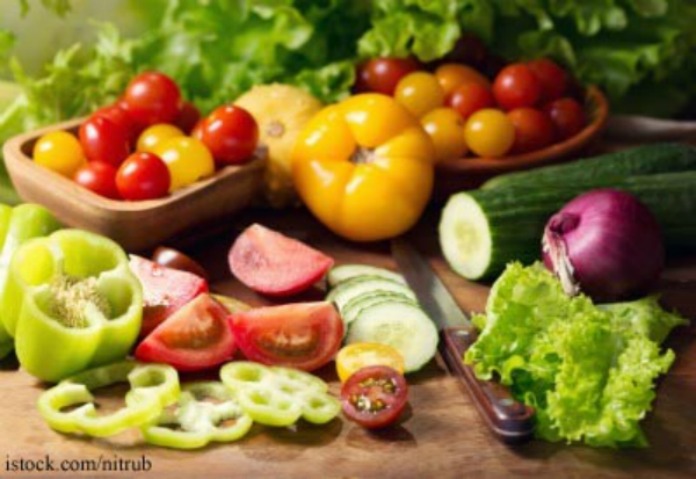Food safety groups and consumer groups are calling on the FDA to establish requirements for rapid traceability of produce within the next six months. Nine organizations sent a letter to the FDA on May 24, 2018, after government officials have not solved the deadly multistate E. coli O157:H7 HUS outbreak linked to romaine lettuce.

The groups that signed the letter include Center for Science in the Public Interest, Consumer Federation of America, Food and Water Watch, STOP Foodborne illness, Consumers Union, The Pew Charitable Trusts, and three others. They want the FDA to implement “long overdue provisions of the 2011 FDA Food Safety and Modernization Act (FSMA)” that require the FDA to establish record keeping requirements for high risk foods that will enhance traceability.
Believe it or not, leafy greens are one of the foods most susceptible to bacterial contamination. And since greens from farms around the country are brought to processing centers and mixed together, one or two heads of contaminated lettuce can contaminate a large number of bagged salads. Traceability means that officials will be able to trace contaminated food back to the source of contamination, whether that is a farm, processing plant, restaurant, or grocery store.
The Interagency Food Safety Analytics Collaboration released a report that stated that between 2009 and 2013, produce accounted for 58.6% of Listeria monocytogenes cases, 51% of E. coli O157 cases, 46% of Salmonella cases, and 33% of Campylobacter cases in the United States. And vegetable row crops, which include leafy greens, accounted for more cases of E. coli Oq157 between 2009 and 2013 than any other food category.
The groups also want the FDA to enhance communications with the leafy greens and produce industry to make sure existing requirements are being complied with. The letter said, “Current technology makes it possible for retailers to track and trace products with extraordinary speed and accuracy. Given these advances, it is no longer acceptable that the FDA has no means to swiftly determine where a bag of lettuce was grown or packaged.”
The FDA was supposed to designate high risk foods for which additional record keeping requirements are appropriate and necessary to protect public health by enhancing traceability. While FSMA pilot projects were completed in 2012, and a report was submitted to Congress in 2016, seven years after FSMA was enacted, the FDA has not created a list of high-risk foods or issued a proposed rule for enhanced record keeping.
Instead, the FDA developed a “Draft Methodological Approach toIdentifying High-Risk Foods,” according to the letter, which was released in 2014 and was not finalized. This is long past the one- and two-year timelines that were set by Congress.
The groups want the FDA to, within the next six months, accomplish two tasks. They want a designated list of high-risk foods that includes produce based on the history and severity of foodborne illness outbreaks linked to that category, and, issue a notice of proposed rule making, outlining enhanced record keeping requirements, which will make traceability simpler and more accurate during foodborne illness outbreaks.





This should have been done years ago. I personally have been growing my own green leaf lettuce this year and I’m investing in a small greenhouse for the winter time so I will know that my food isn’t contaminated. Kale spinach and tomatoes will grow all year as well as bell peppers in a greenhouse. I feel so bad for people who don’t grow their own food and become sick. It happened to me a few months ago with romaine lettuce and since then I’ve been a constant gardener for the sake of my health.